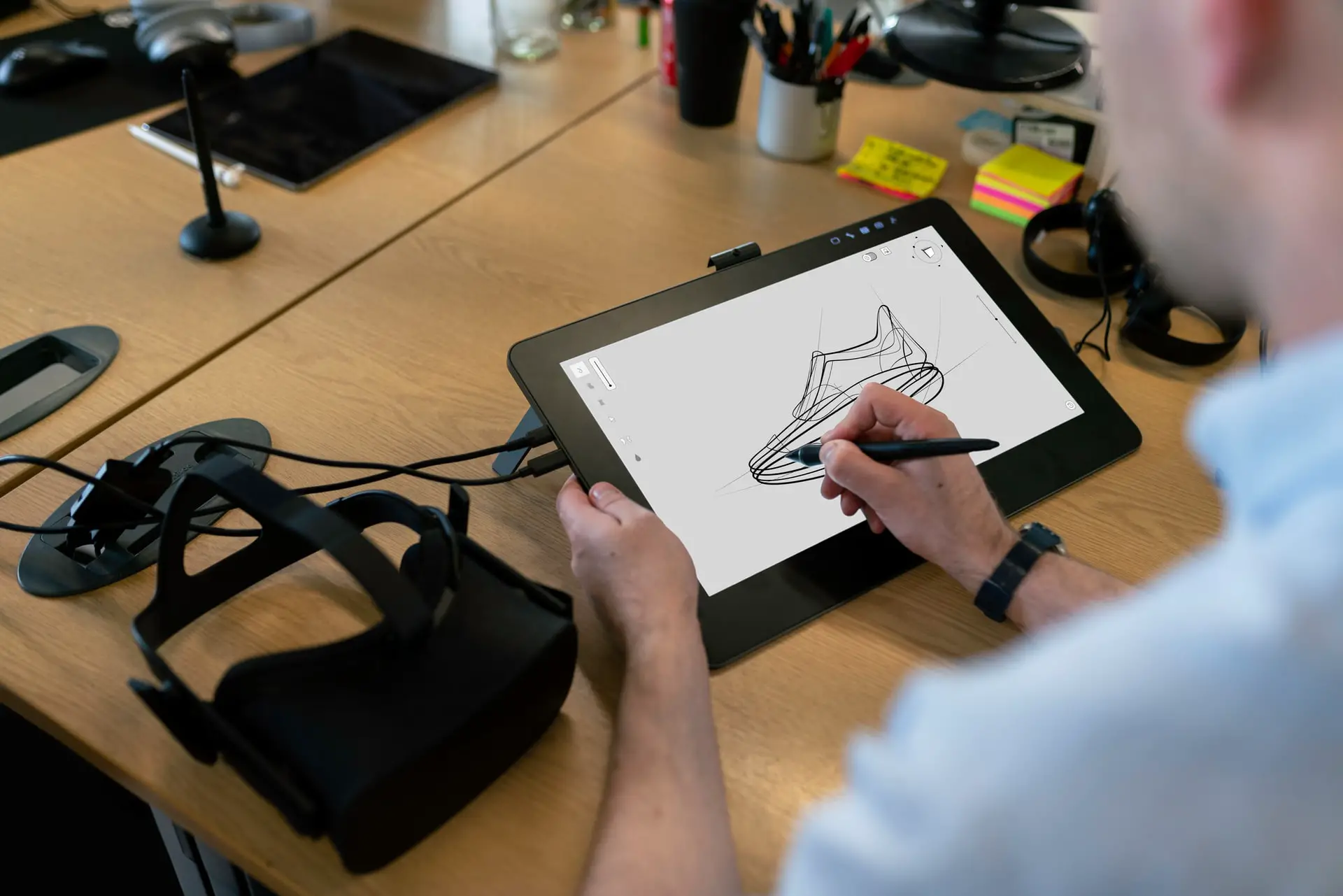There are only two primary options for simulating movement in VR, teleportation or free locomotion. Nonetheless, new technologies, such as the Cybershoes and omnidirectional treadmills like the Virtuix Omni One, are taking VR locomotion to the next level by allowing players to move within their VR environments while remaining stationary.
As per a recently published paper, Japanese researchers have devised a novel method for VR locomotion using foot vibrations to simulate movement, even while seated.
A team of researchers from the Toyohashi University of Technology and the University of Tokyo ran an experiment wherein they divided the participants into three different groups. Group A was equipped with full-body avatars that included both hands and feet. Group B saw only their hands and feet. Finally, group C had no avatars at all.
Each participant had their feet placed into haptic devices made up of aluminum frames, vibro-transducers, acrylic plates, springs, and wood plates that would vibrate the front and the back heel individually to create a sense of movement while in VR.
The members of each group followed a computer-generated avatar through a virtual environment during the testing. They experienced subtle vibrations designed to simulate the feeling of walking with each step they took.
The test was segregated into two experiments. Experiment 1 had individuals moving in VR from a first-person perspective, while Experiment 2 had them walking in VR from a third-person perspective. It was observed amongst the participants that Experiment 1 enhanced the sensation of walking, leg action, and telepresence whereas Experiment 2 impaired their sensation of self-motion and telepresence.
Even though there is no news on whether we could see the principle in action through a product any time soon, the tests do indicate that it is possible to convince your brain that you’re physically moving throughout a VR environment from a seated position. This opens up a wide range of possibilities for training, education, physical therapy, gaming, and so much more.
Follow us on LinkedIn
Read other Articles





